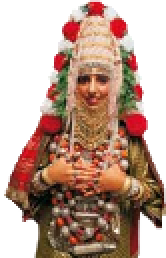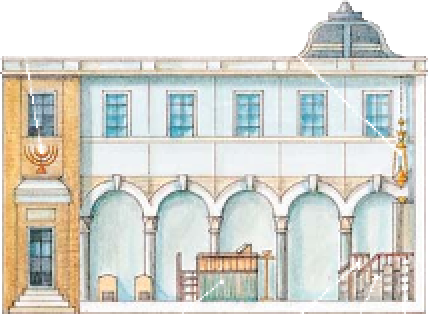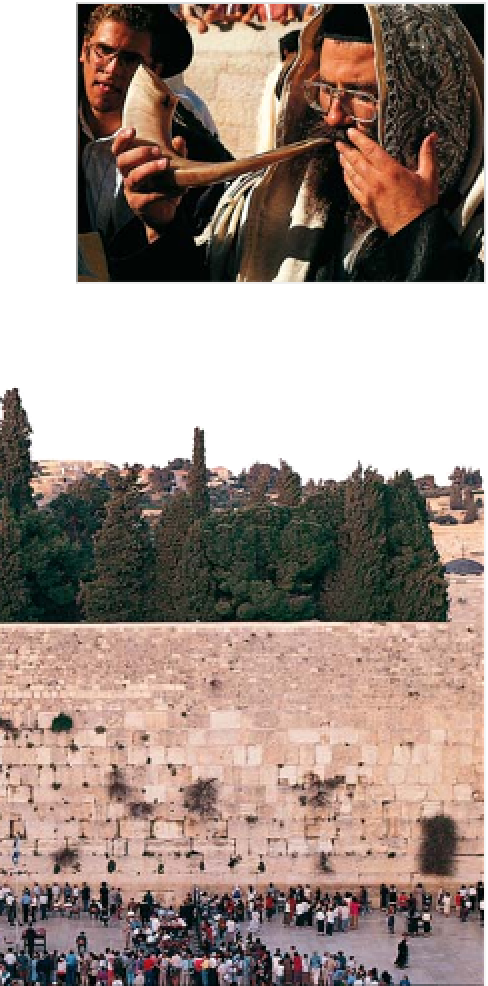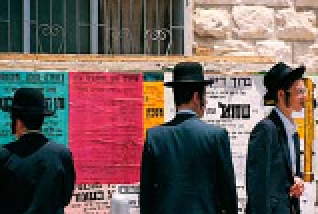Travel Reference
In-Depth Information
DIVISIONS IN JUDAISM
As a result of their history of dispersion
and exile, there are Jewish communities
in most countries of the world. Over
the centuries, different customs have
developed in the various
communities. The two
main strands, with their
own distinctive customs,
are the Sephardim, de-
scendants of Spanish
Jews expelled from
Spain in 1492, and
the Ashkenazim,
descendants of
Eastern European
Jews. In Western
Europe and the US,
some Jews adapted
their faith to the
conditions ofmodern
life, by such steps as improving the
status of women. This divided the faith
into Reform (modernizers) and
Orthodox (traditionalists), with Conser-
vative Jews somewhere in between.
Israeli Jews are frequently secular or
maintain only some ritual practices.
The ultra-Orthodox, or
haredim
, adhere
to an uncompromising form of Judaism,
living in separate communities.
Traditional Jewish life
is measured by the regular
weekly day of rest,
Shabbat
(from sundown Friday
to sundown Saturday), and a great many festivals
(see pp36-9)
. The blowing of the
shofar
(a ram's horn
r
trumpet) marks
Rosh ha-Shanah
, the Jewish New Year.
Yemenite Jewess
in wedding dress
Ultra-Orthodox Jews in Jerusalem's Mea
Shearim district in distinctive black garb
THE SYNAGOGUE
Synagogue architecture generally
reflects the architecture of the host
community, but with many standard
elements. There must be an ark,
symbolizing the Ark of the Coven-
ant, usually placed against the wall
facing Jerusalem. In front of the ark
hangs an eternal light
(ner tamid).
The liturgy is read from the lectern
at the
bimah
, the platform in front
of the ark. The congregation sits
around the hall, although in some
synagogues women are segregated.
Traditionally, a full service cannot
take place without a
minyan:
a
group of 10 men.
Eternal light, a symbol
of the divine presence
Menorah
Central platform for
reading of the law
Lectern
Bimah
Ark


























